You have no items in your cart. Want to get some nice things?
Go shopping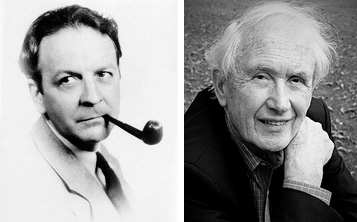
We live in a culture that fetishises youth. When we’re young, all mistakes are forgivable; we’re just finding ourselves, testing our boundaries. We make excuses for our younger selves: we’re just late bloomers—it’ll happen, in good time, whatever “it” is. We make such allowances for young people because they have something their elders no longer do: potential—that whisper of possibility, of change. Of course, there is the occasional author who makes it when they’re past their fifties—Raymond Chandler published his first short story at 45, and his first novel, The Big Sleep, at 51, only after losing his job during the Depression; Frank McCourt published his first book, Angela’s Ashes, when he was 66, and won a Pulitzer for it—but “potential” is a word usually reserved for the young. On X Factor you’re considered “old” if you’re above 28; luckily, we writers have more time to fulfil our ambitions—until we’re 35, or 40. Just as we are heartened that someone “past their prime” can still start doing great work, so we are understandably impressed when young people—kids, even—show themselves to be early achievers. Some might say prematurely, but it doesn’t matter. Put youth and genius together, and we are seduced totally. It’s the dream, and we badly want to believe in it. As we’ve seen, however, writing a bestselling book has little to do with writing a good book—so are these teenagers bonafide wunderkinds, or one-hit wonders successful only by virtue of having done something so unexpected for their age?
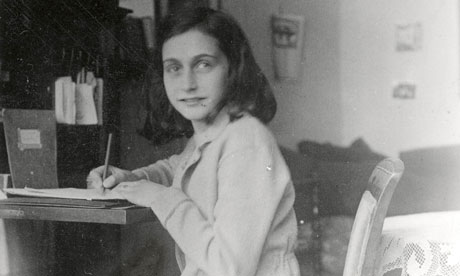
When we think of teenagers turned writers, Anne Frank, whom the Pulitzer prize-winning American novelist Phillip Roth (The Human Stain) once called the “lost little daughter” of Kafka, leaps readily to mind. Between the ages of 13 and 15, she wrote in a diary—calling it “Kitty” like it was a real friend—while she was in hiding with her family in the secret attic of her father’s office building in Amsterdam during the German occupation. She wrote about the quiet upheaval of her family’s life and her own coming-of-age experiences: her fears, her hopes, her relationship with her family, her first love—”I give myself completely. But one thing, He may touch my face, but no more.” She wrote her last entry on 1 August 1944; someone had betrayed the Frank family’s whereabouts to the Nazis, and Anne eventually died of typhus at a concentration camp in Germany in March 1945.
Anne’s diary was published two years after her death; however, the English version only surfaced in 1952, as The Diary of a Young Girl. It hadn’t found immediate favour with American and British publishers; Alfred A. Knopf had apparently dismissed it as a “dreary record of typical family bickering, petty annoyances and adolescent emotions.” That soon changed, and now, almost seven decades later, Anne’s diary continues to stand the test of time. What I found especially interesting about Anne’s diary was that it hadn’t been intended simply as a private, personal record. It certainly began as such, but Francine Prose‘s Anne Frank: The Book, the Life, the Afterlife revealed that when Anne heard an exiled member of the Dutch government on radio announce his intention to create a public record—including letters and diaries—of the German occupation, she began re-reading her old entries, editing and rewriting them—even creating pseudonyms for the people she wrote about—with the hope that it would be published some day. This reveals Anne as a precocious young writer, for whom publication wasn’t simply an “accident”, but the result of some deliberation.
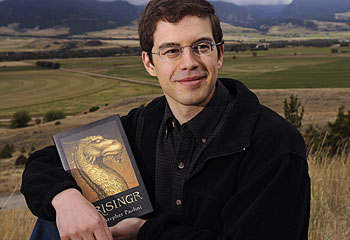
It began pretty much the same way for American fantasy geek Christopher Paolini, who was only 15 when he started writing his boy-meets-dragon tale, Eragon. He’s said in interviews that publication wasn’t his motivation; he wanted to write a story he would enjoy reading himself. In the Writer Magazine, he wrote, “Like a lot of kids my age, I’d sit with my math book open, and stare out the window and daydream about what I’d really want to be doing, which is riding around on a dragon and fighting monsters. Basically, I wrote down my daydreams.” But it soon became a serious project.
Christopher first self-published Eragon with the help of his family. Rolling Stone described it as a “mom and pop—and brother and sister—business run by a clan of introverts living on the prairie”—Paradise Valley, Montana, to be exact. They did everything themselves—editing, typesetting, marketing; Christopher designed his own cover and drew the accompanying illustrations. When he travelled across the country to peddle the book from door to door, dressed up in medieval costume, the whole Paolini clan went along. Still, it wasn’t quite working out, until the son of writer Carl Hiaasen brought the book to his attention, and he to his publisher, Knopf. In 2003, Christopher—aged 19—became a New York Times bestseller; and in 2006, Eragon was adapted into a Hollywood film. The last of the series was published last year, and its deluxe edition will be available on 23 October.
Almost ten years have passed, and Paolini is now something like 28. It remains to be seen how his writing will mature, if he will be known for anything else other than this series. Already, Christopher is no stranger to criticism: his writing hasn’t exactly won fans over for its sophistication, and he has been widely accused of being derivative, taking inspiration one step too far—particularly of Tolkien. His critics gleefully quote him often from an essay he wrote, saying: “In my writing, I strive for a lyrical beauty somewhere between Tolkien at his best and Seamus Heaney’s translation of Beowulf“—surely an earnest expression of a boy who loves what he does, but which you can imagine they didn’t take to kindly.
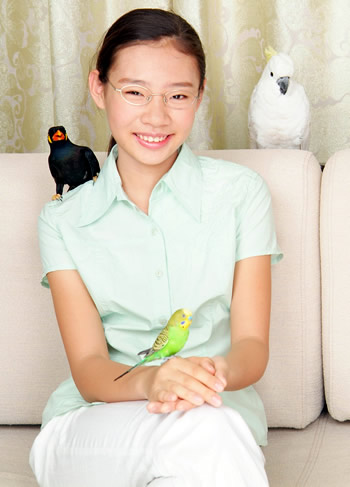
These kids get even younger. Nancy Yi Fan, who was born in China and moved to America when she was seven, published her first, bestselling book in the Swordbird trilogy (2008, Harper Collins)—an allegorical fantasy about tribes of warring birds and the struggle for peace—when she was merely 13. She hadn’t even gone through an agent. she’d simply emailed her manuscript straight to the big publishing houses, aiming right at the top: one of them was Jane Friedman, then the CEO of Harper Collins. Within a month, she had a book deal; the Telegraph reported that Friedman had admitted, “We were planning to enter the Chinese market so, yes, the idea that she was Chinese was appealing.” Still, Nancy was much celebrated, and appeared on Martha Stewart and Oprah Winfrey as one of the world’s smartest kids—proof: she also translated the books herself into Chinese for a bilingual edition (that’s right, English is her second language). Sword Mountain, the final book in the trilogy, was released earlier in July this year. She currently studies at Harvard.
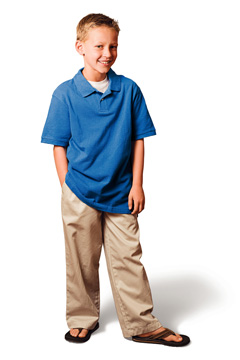
America also lays claim to the youngest writer ever published (I think): Alec Greven, who was just nine when he first published in 2008. He is your new-age, self-help kid guru, with five titles already under his belt, including the tongue-in-cheek book that shot him to fame: How to Talk to Girls, which started as a hit school project. A bestseller, it was also dignified with a review in Time magazine; he’s also appeared on Ellen DeGeneres (instrumental in getting his book published), Conan O’Brien, and Jay Leno. Here’s one of his tips on love: “If you are in elementary school, try to get a girl to like you, not to love you. Wait until middle school to try to get her to love you. Otherwise, you have to hold on to her for a long time and that would be very hard.”
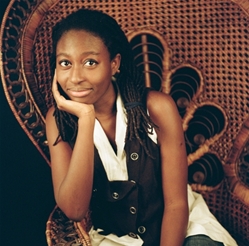
Britain is no stranger to budding talents, either. In fact, it boasts a legendary example that goes far, far back in time: Mary Shelley, who wrote Frankenstein when she was 19, though it was published two years later, in 1818. More recently, there was the 2005 novel, The Icarus Girl, by then 19-year-old British-Nigerian Helen Oyeyemi, who migrated to London when she was four and completed her first book in a jaw-dropping seven weeks while she was still studying her A-levels. By the time she received her results, she had already signed a two-book deal with Bloomsbury for a reported £400,000. Helen has impressed many with the quality of her writing—the New York Times said it was “[d]eserving of all its praise”, a “masterly first novel”—and she is incredibly prolific, even while juggling her studies at Cambridge: since 2005, she’s written three other novels and two plays. Her third, supernatural novel, White is for Witching, won the 2010 Somerset Maugham Award for writers under 35.
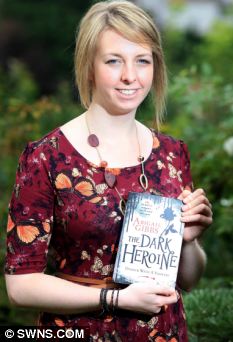
Two more British young writers are set to join this line-up, one of them recovering British ground in a field now populated by American writers. Abigail Gibbs, who is 18 and about to start studying English at Oxford University, has secured secured a six-figure sum for a two-book deal with Harper Collins—the first being The Dark Heroine: Dinner With a Vampire, which was inspired by Twilight. It centers around 18-year-old Violet Lee, who witnesses a horrific mass murder in Trafalgar Square before being kidnapped into a world of vampires. Abigail began writing at 15, self-publishing online as “Canse12” on Wattpad, an online community where users can publish their stories; she has been read over 17 million times. She’d published 20 chapters of her novel online (which you can still read here) before she was discovered by a literary agent, who advised her not to post the rest of the novel. Those who want to find out the ending will have to buy the book; it is already out in ebook, and will be out in paperback on the 11th this month. You can read an extract here.
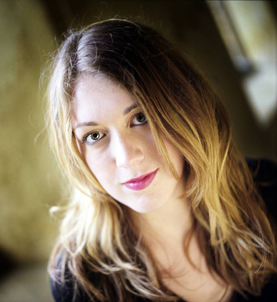
Another Oxford undergraduate, Samantha Shannon, has also landed a six-figure book deal for her debut, The Bone Season, and two prequels with Bloomsbury. She is not strictly a teen—she’s 20—but she has already been compared to J. K. Rowling: by virtue of them sharing the same publisher, and of her intention to spread out the entire adventure over seven books. It is a dystopian adventure set in 2059 London, and centers around Paige, a 19-year-old clairvoyant—whose “gift” constantly endangers her life—and member of a criminal gang. The Man Booker shortlisted novelist Ali Smith was apparently the one who recognised Samantha’s talent during a workshop and recommended she send the book to an agent. The Bone Season is Samantha’s first published book, though not the first she has written; in 2010, she sent her fantasy novel, Aurora, to ten agents, but was rejected by all of them. With her persistence and hard work (she reportedly writes up to 15 hours a day), however, The Bone Season will be published in August 2013. You can keep up with her publishing journey here.
Many have questioned the wisdom of young writers rushing to land book deals, instead of waiting it out a few more years—perhaps until their vision and writing have matured, until they have experienced more of life. In a Guardian blog titled “Teen authors should be encouraged, but not always published“, Imogen Russell Williams suggested that Harper Collins should have waited to publish Nancy Yi Fan, though she should be “praised for her perseverance” in completing the trilogy. This will certainly be true in some cases, just as it is true for books written by adults. The considerations that go into deciding whether a book should be published should be the same regardless of how old the author is, and the fact is that some books, regardless of their “literary” merit, are published and become bestsellers–sometimes for good reason, sometimes not so much. For instance, I think the writing in the Twilight saga leaves much to be desired, but I really enjoyed it while I was reading it—I was so caught up in What happens next? I finished all four books in a weekend—though it is not the sort of book that now, having left it, I find myself missing. Still, I’m glad that I ever got to read it. I can’t say the same for Fifty Shades of Grey—I couldn’t force myself more than halfway through—and when people ask me about it, I tell them it’s like Sweet Valley with soft porn. Judging from the skyrocketing sales, though, many people like it, and surely that’s enough justification for its publication.
I think what’s more important than the age of the author is the audience they’re writing for. Notably, most published works by young authors are aimed at their peers (which is not to say adults won’t read them), and they tend to deal with supernatural/fantasy/dystopian themes, in which plot action is what carries the story through, so perhaps life experience doesn’t count so much towards writing; it’s not the same as doing a Richard Yates (Revolutionary Road), who ranks for me as one of the most perceptive writers of the human condition I’ve ever read (but then again, they call him an “author’s author“, which is to say, he wasn’t very much read). We read them for their ingenuity and their unique voice. For many young readers, reading a book by someone of similar age means reading someone they can relate to. I’ve picked up a book by an author several times on the strength of how I feel I can relate to them through their biographies, of the extent to which it’s likely to influence what they write about, and consequently, what matters to me.
Personally, I think it defeats the point of it all to try to separate the work of teenage prodigies from who they are. When it comes to the books of young writers, their relative youth is part of what makes them great; it is part of their allure. You think, Wow. I have to see this! (This isn’t the same as saying, of course, that there aren’t “bad” books written by teenage wunderkinds; they exist, and so do “bad” books written by adults.) Generally, I think that when we read a book for the first time, written by an author we’ve never read before, we read without having a care as to who the author is—unless we enjoyed it so much and want to read more of their books, and unless the author’s biography particularly stands out. Inevitably, whenever a writer’s story is out of the ordinary, it, too, becomes part of the story—and teenage authors are very much out of the ordinary.
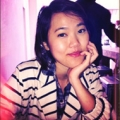
About Emily Ding
Emily joined Litro in April 2012 as Literary Editor & Web Designer. She made over the website and introduced new developmental and editorial features to strengthen Litro's online presence. She left her position in January 2013, taking a backseat as Contributing Editor to concentrate on writing. She is a freelance journalist with a special interest in travel writing and foreign reporting (with an inclination for Asia and Latin America), and is now based in Malaysia. English is her native language, but she also speaks Mandarin and Spanish, having spent 2007-08 travelling in Central America.

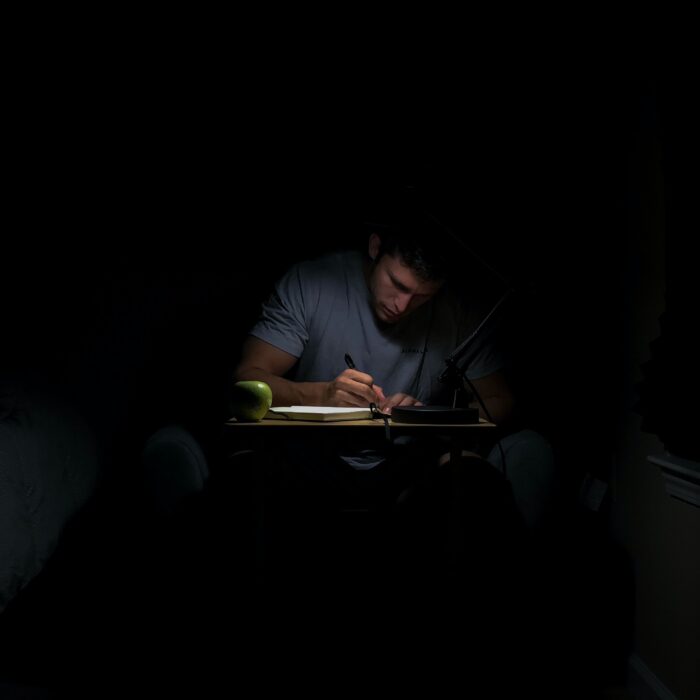


Nice Blog, Thank you for sharing a valuable topic.